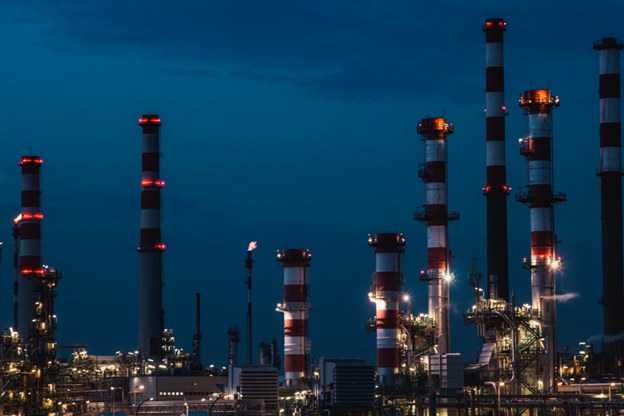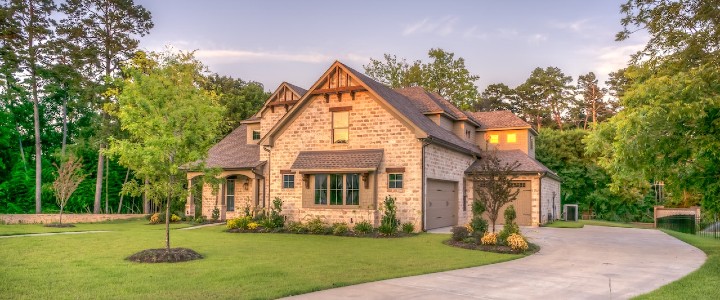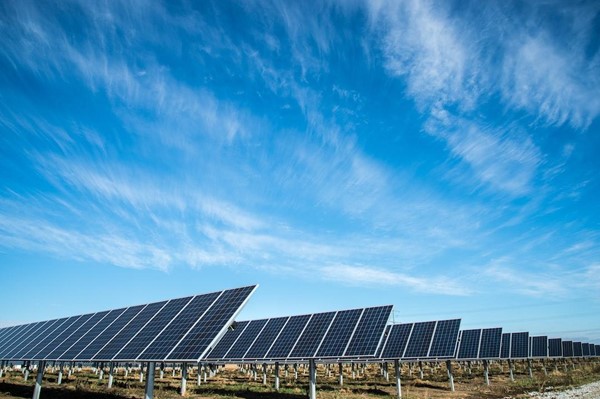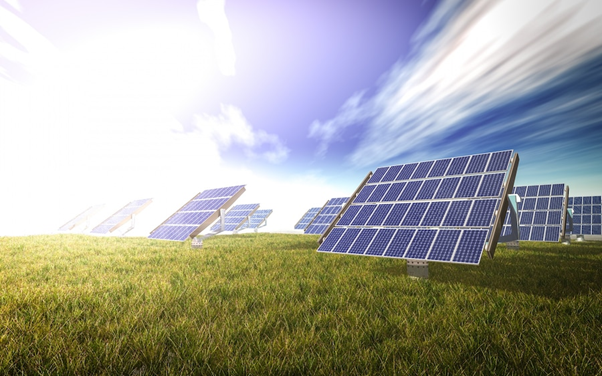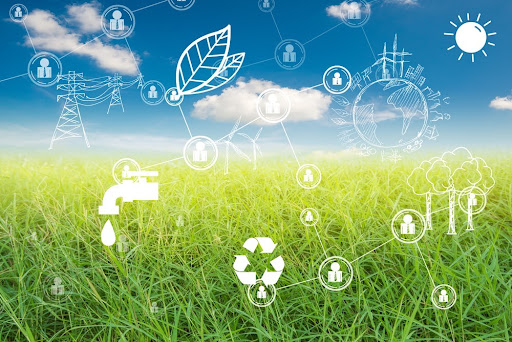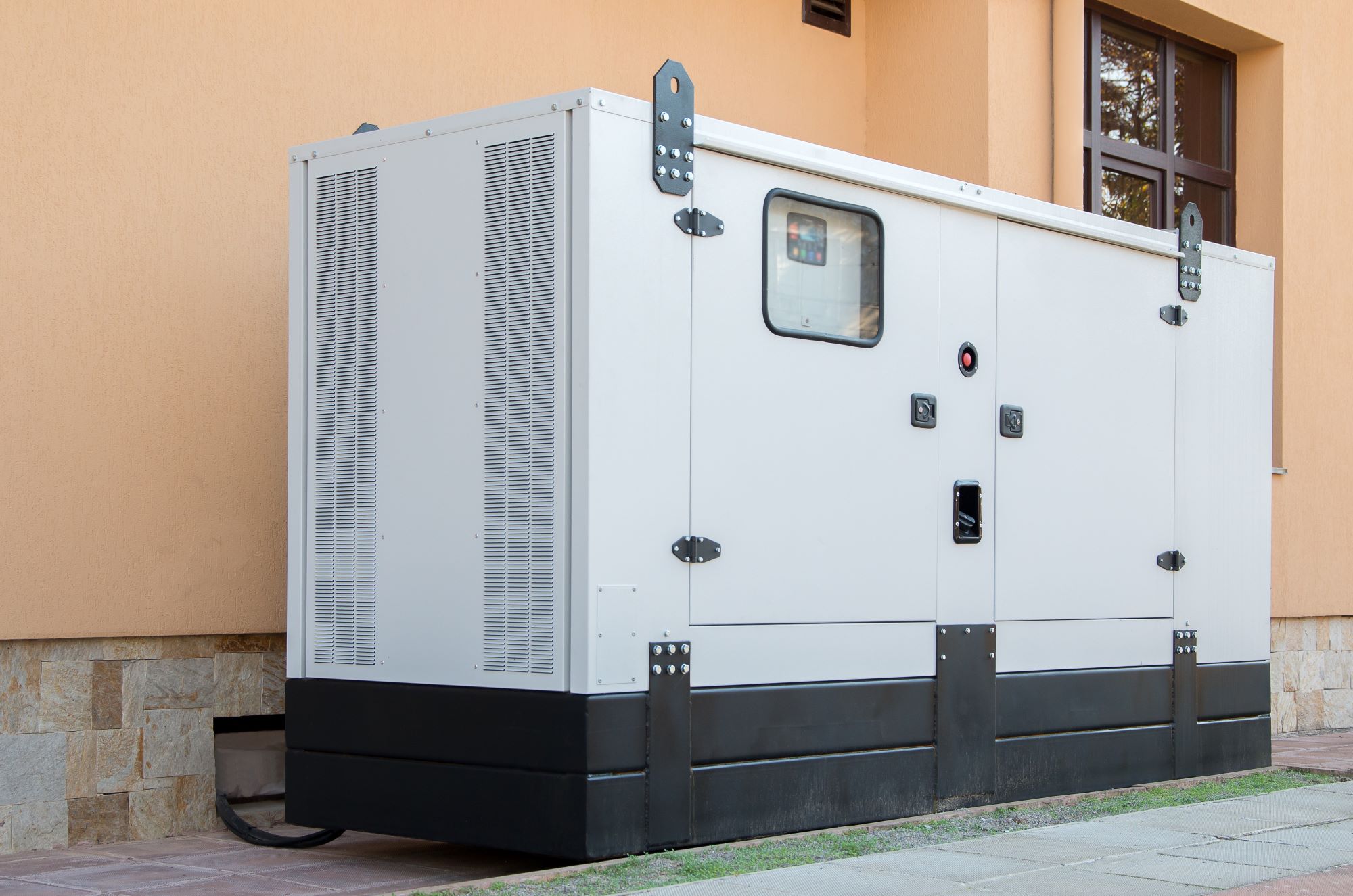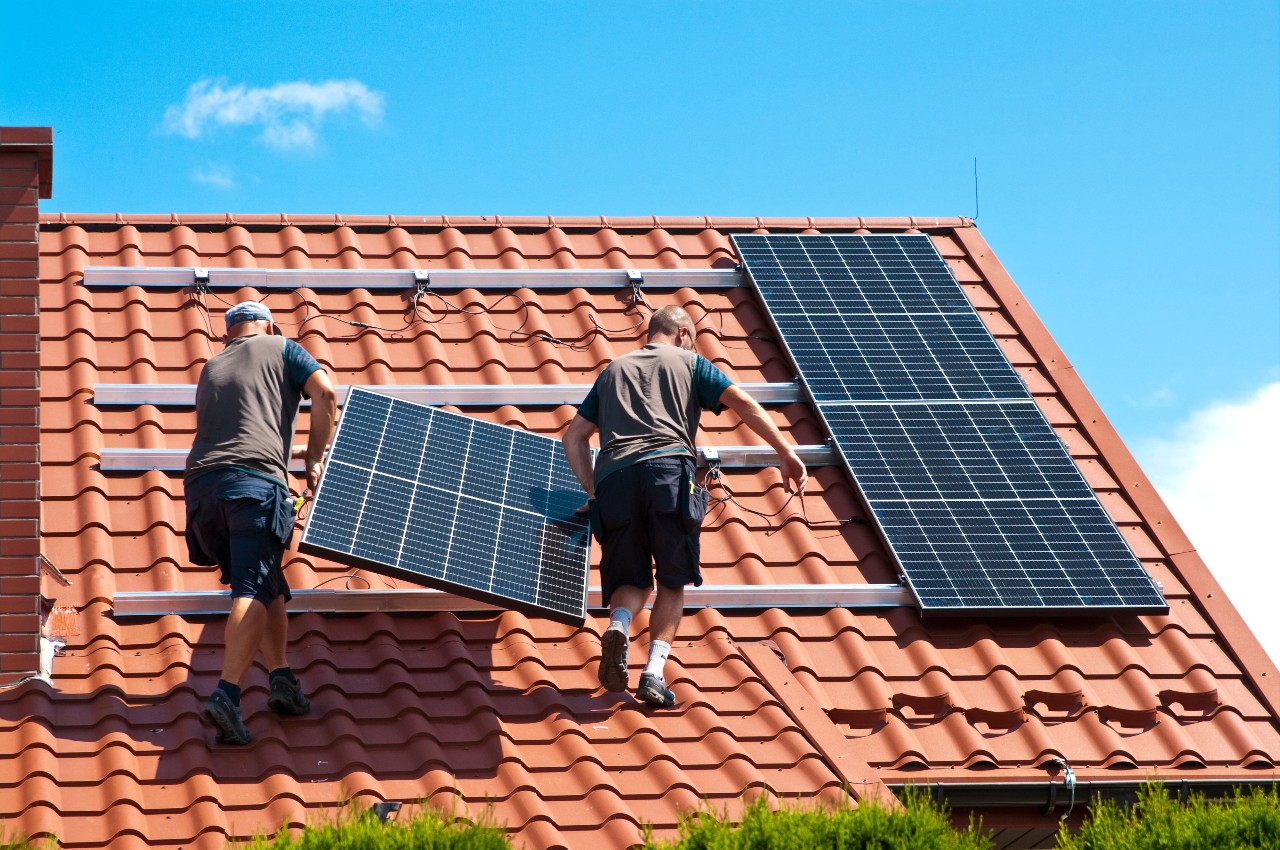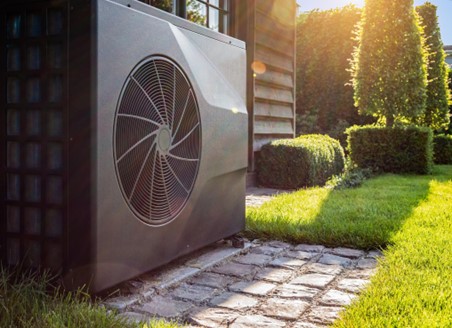The Impact of Turbine Design Limitations on Wind Energy Adoption
As the world’s governments begin implementing eco-conscious legislation focused on reducing carbon emissions, alternative energy sources have moved into the spotlight. Wind energy is one of the most renewable sources, but how sustainable is it?
BP’s Statistical Review of World Energy reveals that wind energy adoption in the United States increased by a mind-boggling 33,606% between 1996 to 2019. This increased demand has laid bare issues involving wind energy infrastructure, particularly turbine design, that the industry is rushing to solve.
Here are three of the most important issues with existing wind turbines holding back mass adoption and possible solutions to them.
Range of Motion is Limited
Traditional wind energy turbines are rotational and come equipped with long blades connected to large generators. While the idea of constructing a windmill to capture wind energy is intuitive, it isn’t the most efficient design.
For starters, the presence of a large generator and long blades mean noise is an issue. This explains why most wind energy farms are located in rural areas where they’re unlikely to reduce people’s quality of life. While the isolated nature of these farms allows companies to install multiple generators on the same site, it creates a bigger issue.
To transport the energy generated, companies rely on existing power distribution infrastructure. These cables and systems have been designed to transport power from sources that are relatively close to the consumer.
With wind energy, this isn’t the case. For instance, transporting wind energy generated in California to the East Coast is unfeasible due to the power losses occurring over long distances.
Installing turbines in urban areas is unfeasible due to the space they need and the noise they generate.
A possible solution to this issue is to design turbines with a linear, vertical range of motion, such as Sirocco Energy’s wind turbines. Their vertical nature results in less space needed to install them, and their aerodynamic design is more in line with nature since they model the way a bird’s wings function. Most importantly, they can be installed in urban areas, near the final consumption site, resulting in less dependency on power transmission.
Low-Efficiency Blades
In general, a wind turbine’s long blades are designed to be as aerodynamically efficient as possible and react to the lowest wind speeds possible. However, in practice, they tend to be less than efficient. Typically, efficiency rates of 30-45% are average in the wind turbine design world.
A reason for such low-efficiency rates is the length of the blades which means wind speeds at different points of the blade differ. The result is that less than one-third of the blade’s surface area is useful when capturing wind speed.
Traditional turbines offer wind cut-in speeds of 3.5-4 m/s, which is great at delivering desired outputs. However, the rotation of the turbine’s blades brings turbulence which affects efficiency.
Sirocco Energy’s linear turbine designs have proved to work at 50% efficiency rates with cut-in speeds of 3 m/s with far less turbulence.
A result of this design is that noise is minimized. WHO released the Environmental Noise Guidelines for the European Region in 2018 which conditionally recommends reducing outdoor noise levels produced by wind turbines to which people are exposed to below an Lden of 45 dB(A). Sirocco’s wind turbine design generates just 41 dB of noise, which is comparable to that of a refrigerator.
With more of the turbine’s blades being used and more wind captured, vertical turbines are a great way to overcome the inefficiency issues that currently plague the industry.
Costly Maintenance
Increased efficiency results in not just greater power being delivered, it also leads to a reduction in maintenance expenses. A vertical turbine design uses several smaller generators instead of the traditional, single large one.
While the number of components is greater than with a traditional turbine, most of these components are repetitive, which means producing them is straightforward. For instance, the turbine’s blades are greater in number but all of them can be produced via a standardized extrusion process.
Having a larger number of generators function asynchronously results in individual vibrations canceling each other out. Sirocco Energy’s wind turbines have four or five small generators, as opposed to one large one, so the structure as a whole vibrates less compared to a rotational design which minimizes mechanical wear and tear. The larger number of blades also ensures greater balance in the overall structure.
Another large advantage of using more generators is that there isn’t any need for a reduction gear to equalize the load from the turbine’s shaft to the generator. Reduction gears are great technology, but they tend to be expensive to maintain.
The result is that a vertical design is cheaper to install and maintain. They’re perfect for industrial use as a result and can be installed in bulk thanks to the low space requirements they have.
New Boundaries
Vertical wind turbine designs have the potential to open new markets to wind energy. Thanks to the aesthetic design and efficiency, using them in urban areas or EV recharging stations is easy.
Factor in low maintenance costs, and it becomes clear that the future of wind energy generation lies in developing more vertical designs instead of relying on older rotational ones.





